Emperor Tenmu: The Ruler Who Found Refuge in Nara
2021/07/10
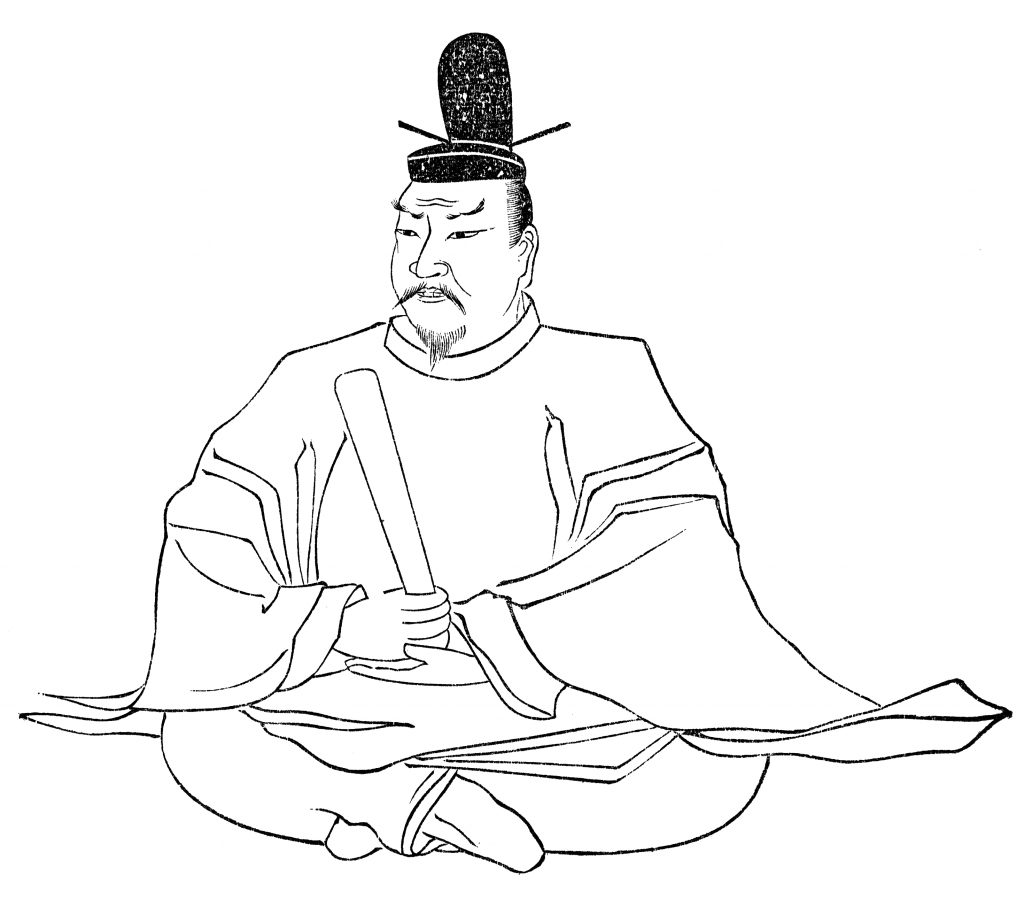
Emperor Tenmu
In this blog post, we will briefly discuss Emperor Tenmu and his reputed influence on the middle-south region of Nara Prefecture.
Emperor Tenmu reigned from 673 to 686 CE during Japan’s Asuka period (named after the region of Asuka in Nara Prefecture) and was the first contemporaneously named Emperor in Japan’s history. He was known for his special relationship with Nara and the construction of Japan’s first planned capital, which he and his wife (and successor) Empress Jito oversaw the construction of in the area of what is now Kashihara City.
Tenmu is by modern official reckoning, the 40th emperor in the line of 126 (as of 2021), but is in a special category as a ruler of the very distant past of whom there is a fair amount of written information about. This is because his life and rule is detailed in the Nihon Shoki, Japan’s 2nd oldest historical chronicle compiled under Tenmu’s son, Prince Toneri. Though it is worth noting that because of this familial connection, there is almost certainly bias in the account of Tenmu’s achievements, though to what extent exactly is not known.
A Legendary Life
To make a long story short, Tenmu was the son of Emperor Jomei, but was not expected to take the throne due being the youngest sibling. As fate would apparently have it, Tenmu’s brother, Emperor Tenji, was not able to produce a son for most of his reign, which led to Tenmu being granted the official status of Imperial Prince (next in line to be Emperor). However, late in life Tenji had a son (Prince Otomo) who he wished to become emperor after him, leading to Tenmu fleeing the Court in fear for his safety under the official excuse of wishing to become a monk.
Tenmu left the Capital with his wife, Lady Unonosarara, and headed to the Yoshino region of Yamato (modern-day Nara Prefecture) where he found protection from the locals who hid him from the agents of his brother. According to legend, in exchange for their kindness, Tenmu taught the local people of Yoshino how to make traditional washi paper and how to perform official Court music. Both of these traditions still persist in the Kuzu area of Yoshino Town, where washi paper-making is still made via traditional hand-made methods that make a highly desired produce both through Japan and abroad.
After Emperor Tenji passed away and his son Otomo became Emperor, Tenmu assembled an army in Yoshino which kicked off the Jinshin War for control of the country. In the end Tenmu’s forces won out and he finally became Emperor in 673 CE.
Achievements
According to the Nihon Shoki, his rule was a productive one that saw power consolidated in the position of Emperor. He then relocated his court to the Asuka area of Nara Prefecture and ordered the creation of Japan’s first planned capital city, known as Fujiwara-kyo, which was built around the 3 mountains of Yamato in modern day Kashihara City. The archeological area where the central palace of the city stood is still preserved to this day and is a popular tourist attraction.
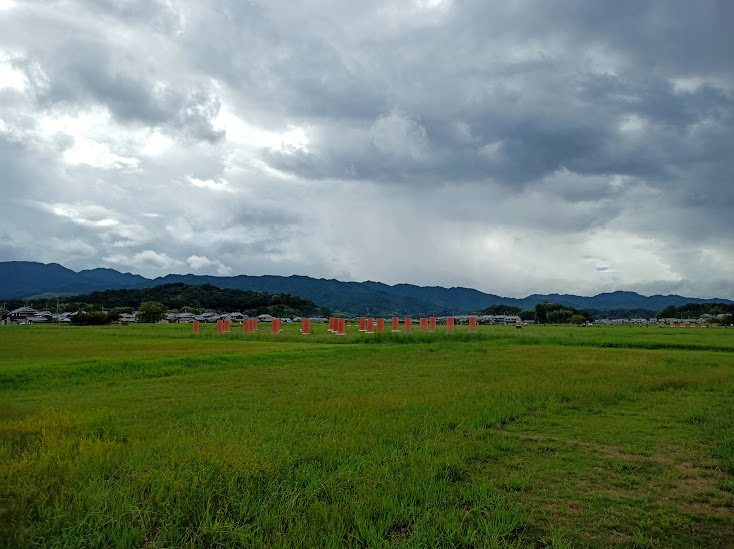
Fujiwara Capital City Palace Ruins site, Kashihara.
Tenmu died before the completion of the Capital City and instead his wife and successor (Unonosarara now known as Empress Jito) assumed control and finished the project. Jito was also reputed to be a competent ruler and stayed in position of power longer even than Tenmu, sticking around as a cloistered ruler after her son officially replaced her as Emperor.
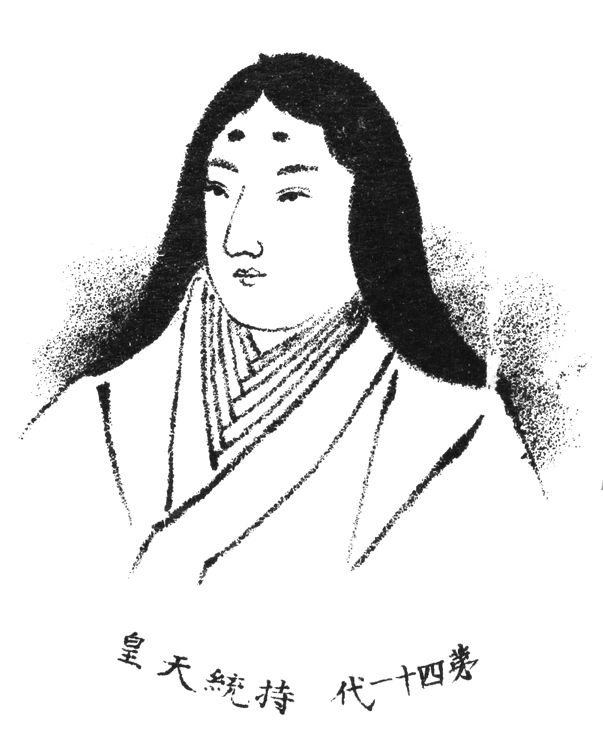
Empress Jito

Kofun burial mound for Empress Jito and Emperor Tenmu in Asuka, Nara.
The creation of the Kojiki and Nihon Shoki, Japan’s 2nd and 1st oldest historical / mythological chronicles are also both credited to the influence of Tenmu or his family members. The truth of how much of a role he played in these works will probably forever remain a mystery but one could make the argument that through these texts, Tenmu had an extraordinarily influential role on many aspects of Japan’s culture as it exists today.
Other achievements credited to Tenmu include the promotion of the institutionalized religion, construction of new Buddhist temples (such as Yoshinoyama’s Sakuramoto-bo Temple), inventing the household household butsudan, and expanding Imperial influence throughout the Japanese archipelago.
Lastly, Emperor Tenmu and Empress Jito were said to enjoy spending time in Yoshino in a villa made especially for them. The location of this villa was unknown for a long time but it’s remains were finally discovered again in the beautiful Miyataki area of Yoshino Town in recent times.
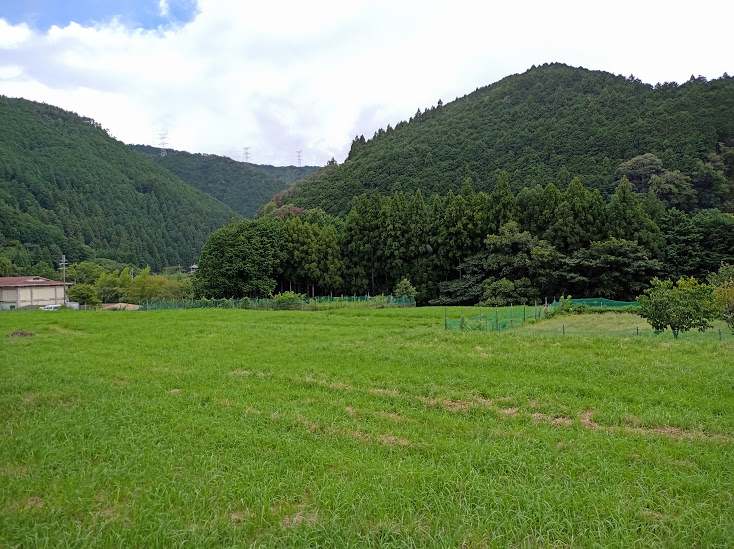
Field where the remains of Tenmu and Jito’s imperial palace were found.
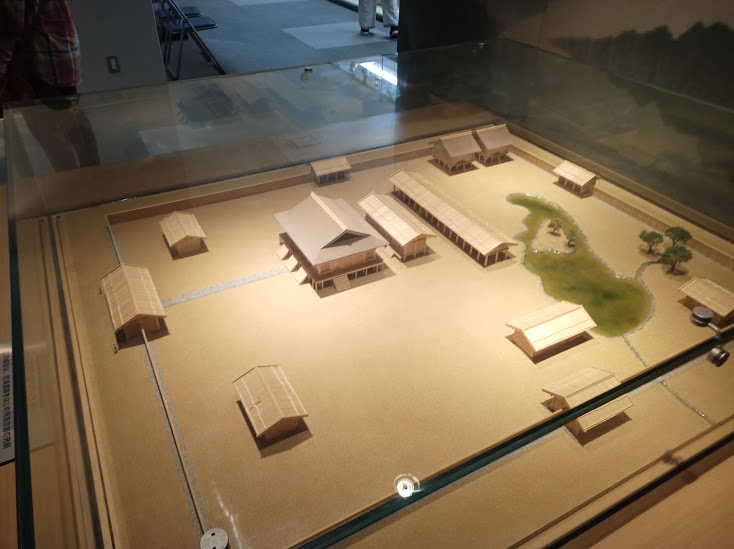
Reconstruction of the Imperial Villa in Miyataki.
It’s probably fair to say wherever you go throughout the middle-south of Nara Prefecture, there will undoubtedly be a location not too far off that is reputed to be connected to Emperor Tenmu and his family.

01
FIND YOUR FAVORITE
TRIP ON OUR WEBSITE.
SEND US AN INQUIRY.

02
PERSONALIZE THE TRIP
TO YOUR INTERESTS
WITH OUR CONSULTANT.

03
20% DEPOSIT TO CONFIRM.
BALANCE PRIOR TO ARRIVAL.
PAYMENT BY CC OR TT.

04
WE WILL
MEET YOU
AT THE AIRPORT.

05
DISCOVER THE
TREASURES!